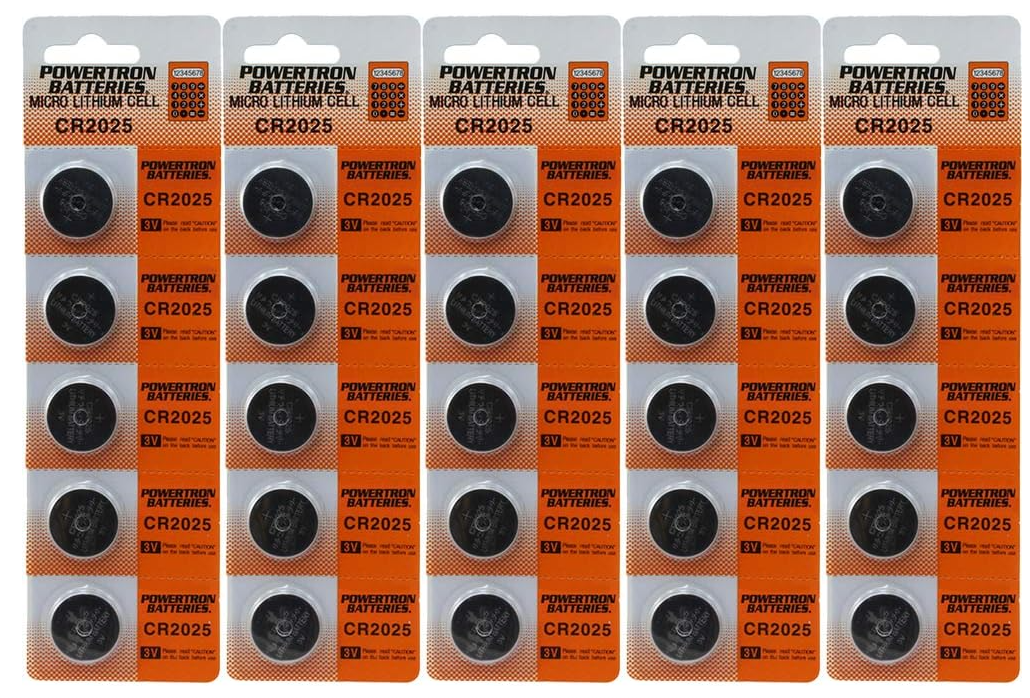One of the main advantages is that it is far better than the TI89 when doing integration. On the 89, you basically had to code in the integral in a format like int(x, x, 0, 10) to get it to do the integral. When doing integration on this,it is much like how you do it on the 84 plus where it gives you the integral setup like you see it in the book, you enter the limits of integration above and below the integral sign, then enter the function and then tell it what you are integrating over. And of course, unlike the 84-Plus it will give you the exact answer and not just a decimal approximation. The same is true with derivatives.
Where it really beats the 89 though is when doing integration and if you need to plug in a variable as your limit of integration, where the 89 would throw an error, this will actually do it for you. And you can even use the variable in your function as one of the limits of integration. For example, if you are an EE major taking electric and magnetic fields, when you get to Gauss's Law you often have to integrate over a variable like r, but also have to use r as one of the limits of integration. The 89 cannot pull that off, this one can. Also, the graphs it can produce are much better than the 89, especially 3D graphs which are light years beyond the crappy 89 ones.
The main thing I do not like about it is the battery. While it does have good battery life, and you can get a lot out of a charge, it is not something you can replace on your own. Unlike the 83, 84, 85, and 89 you cannot just pop the back off and put 4 AAA batteries in it. So you have to make sure it is charged well enough before you need to use it. The other thing I do not like, is I have yet to figure out how to get changing the mode from radians to degrees to stick. I can find it in the menu and change the option but then when I go back into a document or even open a new document it always stays in radian mode. Granted it is not a huge deal to just convert radians to degrees, but it is still a pain when it was much easier on the old calculators to do it.
The test mode issue is not something I have run into, but I had ample warning about it. Basically, if you end up in one of the main menus of the calculator there is an option that says "Press to Test" which gives no warning on what it does. You could realistically assume it means to run a diagnostic on the calculator, but in reality, it turns off much of the CAS capability and gets rid of some of the functions (like if you go into the trig menu you only get sin, cos and tangent and the inverses of those not the others). If you know someone that has the calculator you can connect them and get out of it easily, but if you do not, it is a total pain in the ass to get out of it. So basically, NEVER push that unless you are required to for an exam (in which case I would just use an 84-plus (or equivalent calculator) and don't bother putting this into the test mode).
I have not used every feature on the calculator and never will. But I have found it very good for what I have needed to do. I am not sure how it compares up against the HP 50 or some of the other comparable calculators by other manufacturers that are out there. It can be kind of humorous to read all the debates or arguments that go on about what is the better calculator, and my guess is they all have their strengths and weaknesses. So far I have been mostly satisfied with this and what it can do.






















